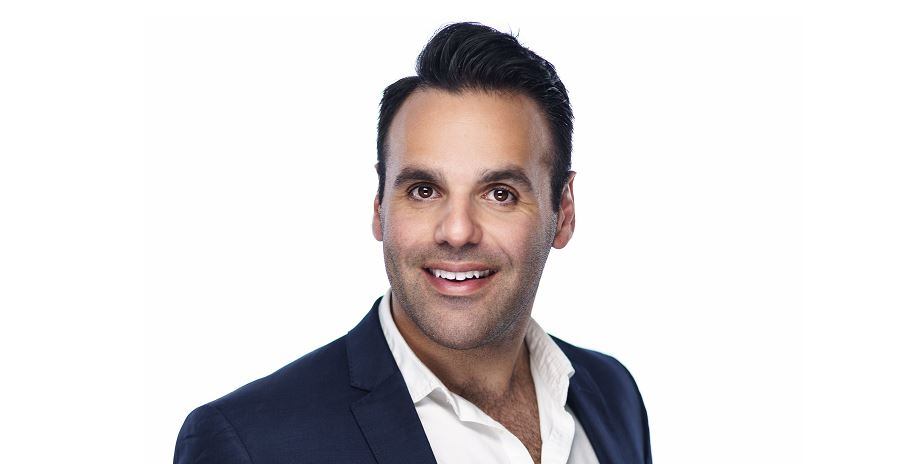Use of robots, ordering and pay-at-table technology should only be brought into venues if it can enhance diners’ time at the site, according to tech firm Loke’s CEO Matthew Khoury.
“Put simply, operators need to be managing their resources wisely,” he said. “The absolute focus for front-of-house teams should be all about delivering a sublime customer experience.
“Operators shouldn’t be implementing any cost saving strategies at the expense of the customer and technology shouldn’t come into play unless it enhances the overall customer experience.
‘Reducing labour costs’
“Mobile payments not only encourage customers to spend more, but also play a huge role in reducing labour costs, while improving efficiencies and speed of service.”
Increased use of order-at-table apps through mobile phones can help automate the workload of team members, allowing them to focus more on customer service, he claimed.
Time for robot chefs?
Tech company Loke CEO Matthew Khoury said:
“Minimum wage increases is the main reason operators are looking to technology to reduce costs. Automation and robotics have been present in restaurants for some time now – automating everything from orders and delivery to cooking, rota scheduling and drone deliveries – we’ve seen it all.
“While robot chefs already exist and would appear to be the perfect fit, particularly in a QSR environment, they won’t work across every style of service.
“Some customers want an ‘in and out’ style experience such as Nando’s, while others are looking for attentive customer service, such as fine dining restaurants or premium casual dining
“The trick when it comes to technology, is knowing the balance of what customers want – ultimately, operators need to be looking at what saves them time and money, and implementing pay-at-table mobile payment or ordering apps is a fantastic way to strike this balance.”
“They key reasons operators implement this solution is to remove the need for a staff member to take the order, reducing labour costs and to remove lost revenue opportunities whereby the customer is deterred from ordering because staff members are too busy or not to be seen,” said Khoury.
Operators often fail to miss the fact that customers’ biggest frustration is when front-of-house staff are too busy to give them attention.
Something as simple as ordering another drink or paying the bill can become a big negative in a business, if staff are too busy.
Self-service or paying at the bar
One strategy most pubs use and is easily implemented is self-service or paying at the bar, but this can be taken a step further, he said.
“The first ‘self-service’ restaurant of real scale was Portuguese inspired restaurant, Nando’s. Customers ordered at the till with their table number and then helped themselves to cutlery and bottomless drinks at a separate counter.
“It is no secret that labour costs are the most expensive component of the pub and bar industry,” he added.
“In order to reduce these costs, operators are having to turn to technology – whether in the extreme form of chefs becoming robots, or by removing team members from the bar or table service, replacing them instead with kiosk screens, or putting the power of payments directly into the hands of customers through their phones.”

